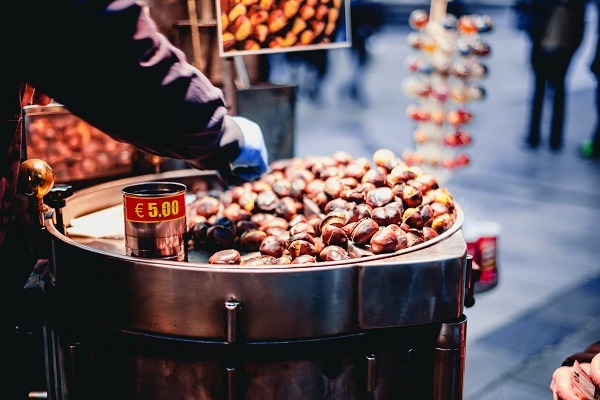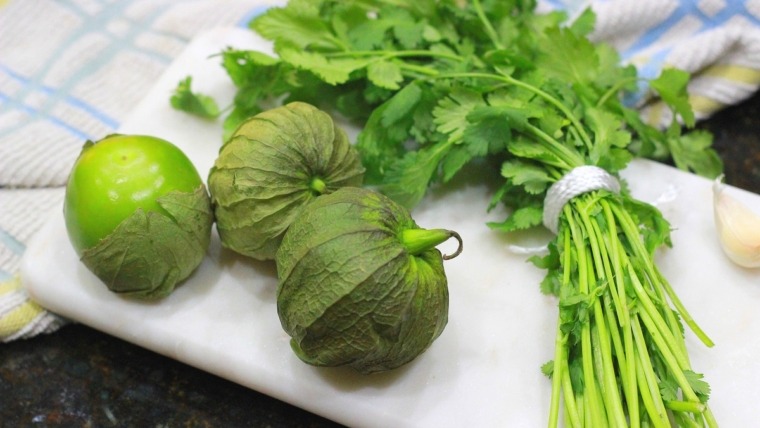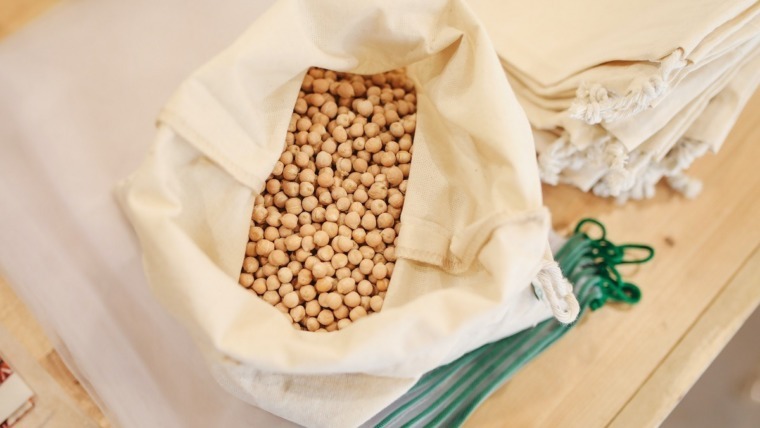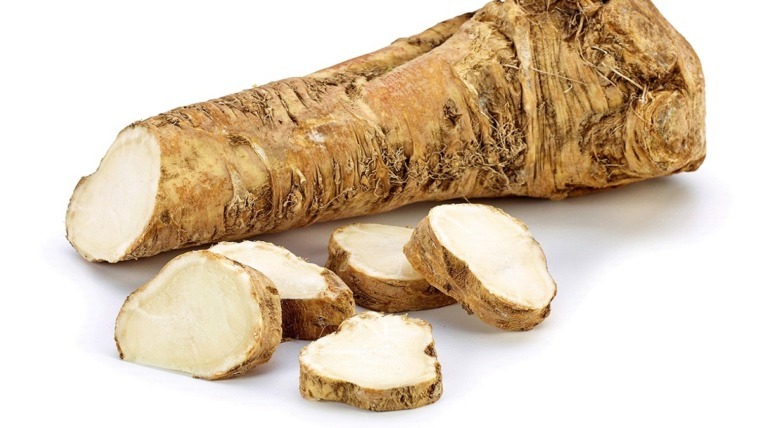
Written by Kevin Kapusi Starow
Popular the world over, this little nut has worked its way into folklore art and song over the centuries. Throughout many countries, during winter you will find street vendors roasting chestnuts over open flames.
I remember my first introduction to chestnuts was as a child. My grandparents would use the chestnut puree in a particular Hungarian dessert that I was not fond of. I certainly, at that age did not have the palate to appreciate this, as often was told to me, delicacy. Though that is the way it is, our tastes do develop over time, and through experience.
Chestnuts have several main varieties commonly known as European, American, Chinese, and Japanese chestnuts. You may have heard of the horse chestnut, this is not related to the edible varieties as it is slightly poisonous to humans and should be avoided.
The pod that houses the chestnut, or chestnut is amazing, it is a large pod. Called a bur housing anywhere from a single nut through to several nuts, or fruit as they are termed. The bur or burr is about 8 to 10 centimetres in length and is covered with sharp spines. When ripe the burr split to reveal the nuts or fruits inside, it is almost like a tree version of an echidna.
Chestnut History
The chestnut has been part of the European diet for many thousands of years, helping to sustain life. As in some instances it has been used as a substitute for cereals exclusively when those crops had failed. This is particularly true for the southern Mediterranean areas. Where the land is mountainous and not suitable for farming. The chestnut trees grow very well and have flourished in these areas, thus providing a substitute food source for cereals.
Their popularity throughout Europe declined during the last few centuries as they were associated with being a poor man’s food. It has only been since around 1930 that the chestnut has begun to regain some of its former popularity.
The Chinese are said to have begun cultivating chestnuts some 2,000 to 6,000 years ago, and today have around 300 cultivars. In Japan, where the nut is prized especially during New Year’s celebrations. They began cultivating chestnuts before cultivating rice.
Americas
Native Indian American tribes have been eating chestnuts for thousands of years. The wood from the rather large trees was utilized for lumber by many of the settlers. Most of the houses and barns built at that time were made from this durable wood. Then through the introduction of the Asian chestnut variety, which reportedly was planted on Long Island New York. The native American Varieties were devastated, as they were found to carry a blight fungus that the native trees had no resistance to. Due to the disease, the American chestnut almost disappeared. It is only now just surviving, though nothing like it once was.
The Australian Chestnut industry began with the first plantings of the European trees during the gold rush of the 1850s and 1860s, by the newly arriving settlers. Many of these trees still remain today in northern Victoria, reaching up to 60 meters in height. The majority of the Australian chestnut crop is produced in northern Victoria. Though there has been over the last 15 years some considerable investment in other parts of the country including southwest Western Australia.
For Cooking
The chestnut fruit is one of those ingredients that suit either being utilised in a sweet or savoury recipe. They can be eaten raw, though have a tendency to be astringent which is not too many peoples liking.
You may well know chestnuts being roasted over an open flame. Such as the vendors you often see in the cities spruiking their produce. The chestnut shell is cut, to avoid explosion and then gently roasted in a large pan over an open fire. The result is a soft creamy texture, similar to a cooked potato, that is sweet and nutty in flavour.
Chestnuts flour is a tasty, though expensive, alternative to wheat flour, and can be used in the preparation of bread, cakes, pastries, etc. As well as being used as thickeners for soups and stews. Another advantage to using chestnut flour. Especially in bread its shelf life or longevity, bread made with this flour lasts for up to two weeks.
Marrons Glaces is a traditional French way of preparing the chestnut, particularly for Christmas, a process that involves some 20 steps from picking to presenting for consumption. Basically, it is a candied chestnut and is a favourite for millions of people as it invokes fond memories from childhood.

This nut is versatile enough to be prepared in a myriad of ways from baking to frying to steaming, grilling. Accompanying vegetables, poultry, game, the list goes on, you will almost always find a chestnut recipe in an old French cookbook.
The Hungarian dessert I spoke of earlier is a combination of chestnut puree, sugar, & rum, piped into a glass, and topped with whipped cream. The French have a similar dessert know as Mont Blanc, and in the Swiss version, there is the addition of Kirsch and butter.
Chestnut Health Benefits
Chestnuts are unlike the other nuts in the culinary world as their calories come predominantly from carbohydrates and not protein or fats. This is why they were so useful during periods of cereal crop failures as the carbohydrate content of the chestnut is comparable to that of wheat or rice.
They are the only nut that contains vitamin C, though this vitamin is diminished through heating (cooking). Chestnuts are gluten-free and so perfect for those who are gluten intolerant. They provide folate, potassium, antioxidants, and the dietary fibre our bodies need for good health.



